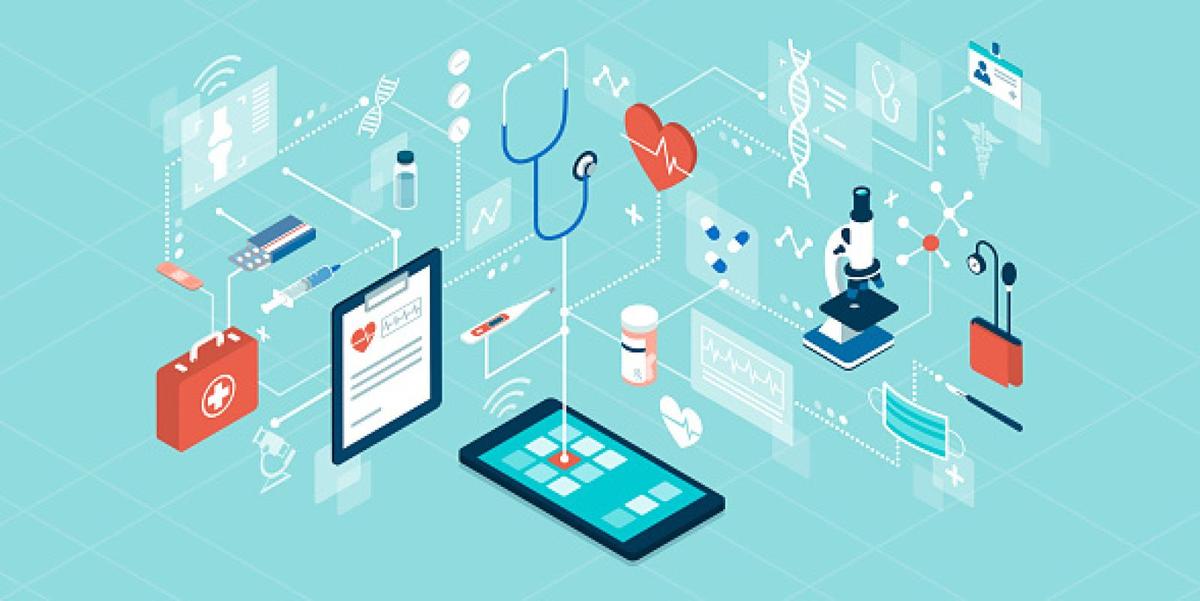
4 Tips for Patient-Friendly Websites and Portals
Jaime Escott - 3 Min Read

The web has become an increasingly popular source of medical information for today’s patients. In fact, 80% of consumers have searched for a health-related topic online – a jump of 18% from 2001.
With such high rates of online visitors, it’s evident that health care institutions should focus their efforts on building patient-friendly websites and accompanying portals. By ensuring these online channels are easy to use, patients will have a better experience gathering health-related information, trusting the credibility of your healthcare institution, and making informed medical decisions.
Therefore, it’s crucial to tailor your marketing efforts to improving your website and portal experience for patients. To guide you in the right direction, we’ve outlined four tips to build a patient-friendly website and portal for your healthcare institution.
Ensure Accessibility
One out of every five people in the U.S. has a disability, including motor, visual, auditory and cognitive disabilities. These individuals need access to healthcare just like everyone else, which means you need to tailor to their needs and provide an accessible web experience.
Your website and portal should have high contrast in fonts and colors to cater to those with visual impairments. You should also include a text version of videos and audio content, such as a transcript, to cater to people who have trouble hearing. For individuals who have motor disabilities, it can be difficult to browse a web page with a mouse. This means all functions of a website or portal should be available from a keyboard or single switch device, and be accessible on current and future user agents, like screen readers. Lastly, some individuals struggle to understand the communicated information due to the complexity of website designs or content (or both). Therefore, your web pages should be organized with simple headings that give an outline of the content, as well as content that’s easy to read and direct.
By ensuring accessibility on your website and health portal, your patients will have a more user-friendly experience – keeping them engaged with your institution and your offerings.
Omnichannel Healthcare
Among US adults who looked for health information and used the internet for their most recent search, the percentage who reported accessing health information without frustration was only 37%. Much of this is due to an overwhelming abundance of jargon-filled information and a disconnect in the channels of large healthcare institutions. While potential customers and patients may be utilizing portals more and more, this doesn’t mean you should turn a blind eye to all other channels. Many patients will still opt to use their desktop for research, call the office to schedule an appointment, and of course, come in-person for many of their visits. Your website and portal should aim not to be an alternate to these other options, but a supplement. What will support the needs of your patients will be a seamless experience from the web, to your portal, and following through to in-person. Data from any interaction the user has with your institution should instantly go to their portal so that whatever next step the user decides to take, there won’t be any inconsistencies in their experiences or information across all the channels. This way you ensure the user has no reason to get frustrated during their healthcare experience.
List it Out
While websites and portals can be informative, they can also complicate the medical processes for patients. For instance, a lengthy PDF about the process of a procedure might confuse readers rather than inform them. To deescalate the confusion, simplify the complex situations into visual lists. You can provide a visual guide for every step of the procedure, with notes next to every phase and key definitions at the bottom. This method will guide patients through intricate procedures in a step-by-step fashion that’s easy to read and informative.
Turn complex solutions into visual lists and you’ll start informing patients from the onset of their medical journey.
Accelerate the In-Person Process
Today’s patients are on-the-go and expect a fast, easy user experience. However, 81% of consumers are unsatisfied with their healthcare experience. As a healthcare marketer, you can change the status quo by accelerating the process patients have to go through. This means expediating the process to book an appointment, providing a clear website navigation to key information, and including fillable online forms for faster in-person visits.
Therefore, use your medical portal to provide up-to-date information for current patients, forms that are quick to sign online, and paperwork that new patients can fill out online to accelerate their time in the office.
By expediting the medical process online, your patients will have a better experience and stay engaged with your institution.
Conclusion
In today’s digitally-driven world, it’s just as important to improve patient care on the web as it is in the office. To create a more patient-focused digital ecosystem, ensure accessibility, ensure your channels are seamless, list it out, and accelerate the in-person process. With these tips, you’ll provide patients with the experience they’ve come to expect.
For a deeper dive into developing online channels to keep your patients happy download our white paper, The Ultimate Guide to Web Design for Healthcare & Life Sciences.